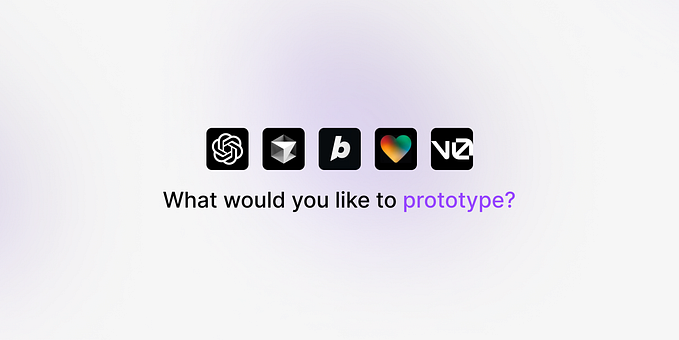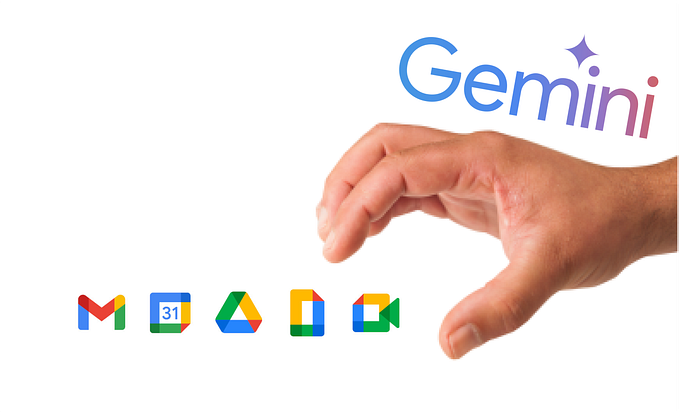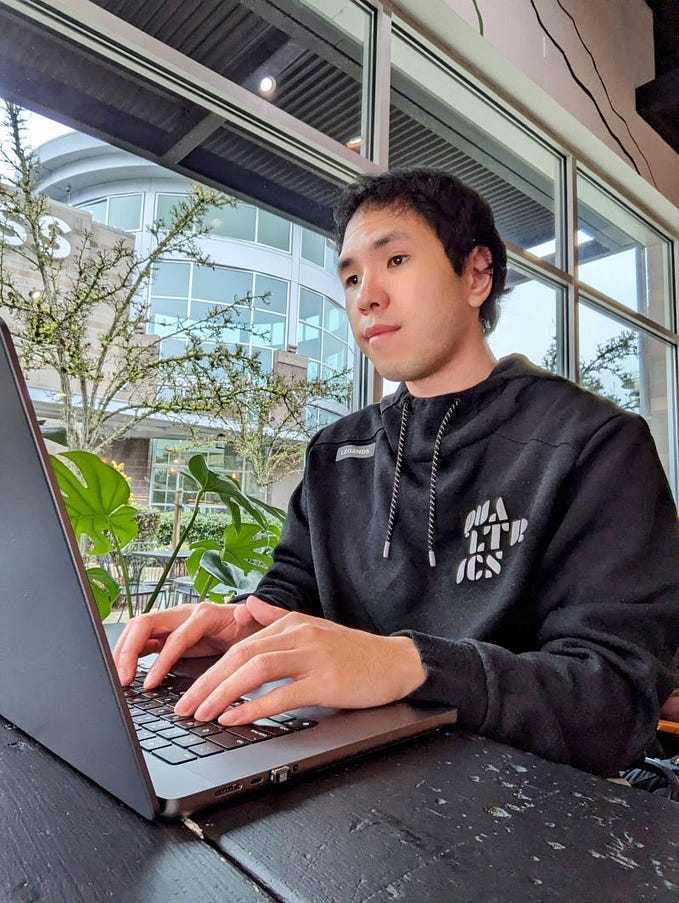Starting a service design role remotely is not easy — but here’s what you can do
The reality of starting and concluding a job in Covid fully remotely.
COVID-19 made my position redundant in early 2020. I started job hunting immediately. I am glad I did, because I got a project very soon in a Service Design and CX role.
As the work concluded, I finally met up for coffee with my ex-colleague and realised big differences in how we collaborate and behave online versus in-person. The difficult part of forced 100% remote is not the work itself, but the communication.
The Service Design role is not just about ‘artefact’ production. Firstly, it requires a ton of patience to frame unique business goals from learning about a domain as a service (e.g. Banking as a service, Mobility as a service). Secondly, there needs to be a level of technical and business acumen, curiosity through research and a caring attitude for people (e.g. customers, staff, end users) and the contexts they operate in (e.g. retail, technology, environment). Due to the people-centric and context-centric nature of this role it is one of those that may be harder to do online.
So, what’s difficult about communication?
— Collaboration: extroverts or introverts at work
- On video calls, we’re our face and our voice. A couple of chatty people may take over, so we cannot judge people’s work styles by their VC presence alone.
- I could not understand if a person preferred developing ideas on their own (introverted) or needed validation from a group (extroverted).
- We over-communicated until we got it right. As an introvert myself, this took a lot of my energy.
— Personality & Authority: in the office building
- Sometimes creativity with my attire translated into a creative mindset while being in my cramped tiny home.
- People’s relaxed athleisure attire made the senior stakeholders feel more approachable.
- It got me thinking, in an office, would they have an aura of being demanding? Or were they a quiet achiever, good listener and advisor?
— Hierarchy: The chemistry between people off-camera
- While I saw them gently teasing each other in meetings, I was of course not privy to their hierarchy outside of the meeting.
- It had me wondering — If I didn’t agree with the views of one of these two ‘mates’, could I say that to the other person in another forum?
- It is harder to “read the room” in a remote setting so that takes some extra effort and vulnerability¹ when you’re, say, running a workshop.
— Inter-project conversations and going out for coffee
- Melbourne is the OG coffee city in Australia. The short walk into the coffee shop was the ultimate sensory experience, completing the Morning Stand-up ritual. I would not have known the coffee they order to return a favour.
- In an office where we can mingle with other project teams, we talk about how stakeholders are responding. We literally do elevator pitches. There is no chance to ‘bump into’ someone remotely.
How I adapted to the practice working remotely
Activities for understanding stakeholders' stories for current state
Service re-design, in a wholesale sense, touches and affects many different areas of the internal organisation, like technology, frontline, data systems, channels as well as external parties like vendors and operators which is another layer of complexity.
So individual stakeholder interviews for these layers explains it from the horse’s mouth to remove bias. This is the excavation process.
- I mapped Who’s who in the zoo, to understand how my work relates to their area. Without knowing these nuances, our work cannot speak to them in future.
- Important to introduce yourself, pitch the scope at the ‘right’ level. Some background pre-work can tell if there are any skeptics and how you need to work with them.
- A safe space is created where they can be heard, and are not influenced by the presence of another stakeholder or a competing priority. I use 5-Whys and ‘Tell me more’, Silent probing, to do root-cause-finding.
- Then I requested access to previous research and history that has shaped certain decisions for the ‘present state’. Any work like feasibility studies or proven hypothesis testing should not be repeated again.
- I kept in touch during major breakthroughs and milestones so that they were well-informed and got on-board. Most people are busy due to their usual work, so onus is on us to keep them in the loop.
Activities of Service Design Blueprint creation
As I was working as a 1-person team, I had to peer-review my own documentation before sharing. The team leader was familiar to design methodology and new to the domain knowledge, and vice versa for the stakeholders

- A key deliverable was a Current State Service Design blueprint from scratch. To replicate a physical workshop wall, I started off by gathering information in Miro on a basic blueprint template and kept on adding to this. It was easier to move post-it notes & swimlanes when scope changed.
- A Design critique culture helps people contribute to the prototype creation, but this was not standard at this org. I had to make my own decisions about the quality and depth of information to show in a Blueprint and move the rest to supporting documentation.
- While booking walkthroughs, I’d ask stakeholders what they wanted to focus on, since we can only see limited info on the screen, compared to a wall and service design artefacts are complex and few metres wide.
- I had to ensure I point our limitations of this artefact that they were done from the comfort of my home and had a good understanding of below the line (systems and processes) but it needed further in-context research to validate the customer swim lanes (doing, touchpoints)
Activities of the design process that are the same for physical and remote
While some activities were hard to do physically, some were actually smoother in remote settings because we were all online and ‘looking’ at the same tools
- Doing a wireframe walk-through or conducting mock-up testing; also, any concept testing for attitudinal or evaluative research is just a conversation. (For ‘in-context’ research, key decisions should wait till the contextual environment is available)
- Any presentations where sharing is one-sided requires minimal effort from participants.
- The workshops were shortened and run using tools like Miro. (Note that people’s engagement & participation differs a lot in VC, so focus on the outcome rather than forcing fun activities).
- Updating status of tasks during stand-ups using Trello or Jira boards gives everyone visibility to support one another.
- Access to documents from shared drives. As this is hard to manage with many “slide-packs” in shared drives, companies should invest in tools like Airtable or Dovetail. PowerBI Dashboards for complaints data helped greatly.
- As a general self-imposed rule, I booked times to talk about a piece of work use it to show & tell rather than just talking. This is called “No prototype, No meeting” rule²
Activities for future state conceptual work
The area I worked at was of a lower digital UX maturity. They were looking at the newly formed design team to light up the path from where they were in the painful present to a re-imagined future. This is the exploration⁴ process
- As a service innovation consultant, companies have hired you to to show them how to move forward. The unwritten part of your new job is to learn and make sense of it, from a user’s lense and remove the blinders, ever so gently
- I synthesised existing information from various qualitative and quantitative sources. Then I extracted the priorities in the current state, that were causing pain to users (customers, staff, operators)
- I derived existing pain points through root-cause analysis, then turned them into HMW opportunities to explore further. Additionally extracting requirements and ideas for future I visualised documentation that they could consume and act on.
- I provided them with some North Star concepts and possible technical enablers due to my own technical acumen and keeping up to date with emerging technologies. This would be investigated with right skillsets.
Knowing the difference between what looks good versus actually quality information understood well
If we make something too flashy and complex, then it doesn’t create any awareness of the service issues and opportunities, in fact it can scare them or be dismissed by people from non-CX discipline as PR fluff.
- I was the first Service Designer there. Instead of overwhelming them with jargon and methodology, I did the hard work of gathering the data and synthesising it on my own then presented it in chunks to stakeholders.
- As a consultant, I could ascertain whether they understood the points I had made and improve the visual artefacts accordingly.
- As a solo do-er, I had limited time with stakeholders. I prepared semi-structured scripts to run in workshops and meetings. But at times I had to improvise communication tactics to make best use of time.
Many people in our networks are going start a new role fully remotely and will have never met their colleagues. Fortunately there are some tools and mindsets we can apply, until we go back to a choice-driven WFH situation. It requires a slow build-up of trust and vulnerability, patience and pivoting as necessary. I hope this gives you a head-start for your next role!
Footnotes and citations
- Let’s Rumble|Brene Brown, 2019. https://brenebrown.com/blog/2019/05/01/lets-rumble/
- Unleasing the Power of Boyle’s Law | Diego Rodriguez, 2017. https://www.linkedin.com/pulse/boyles-law-diego-rodriguez/
- The 5 Steps to Service Blueprinting | Sarah Gibbons, 2018
https://www.nngroup.com/articles/5-steps-service-blueprinting - Excavation & Exploration — This Human (book)| Melis Senova, 2017 https://www.thishuman.com/









